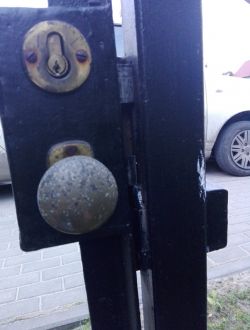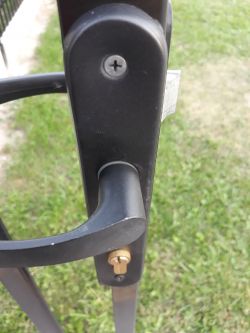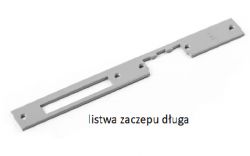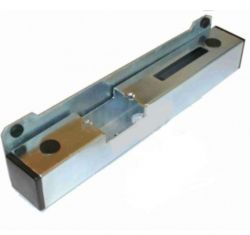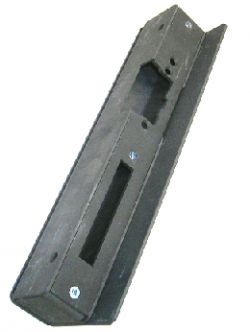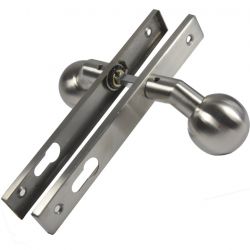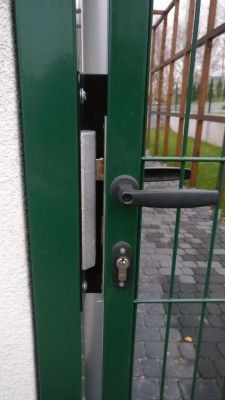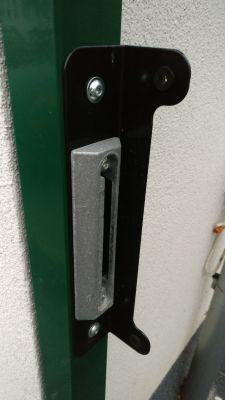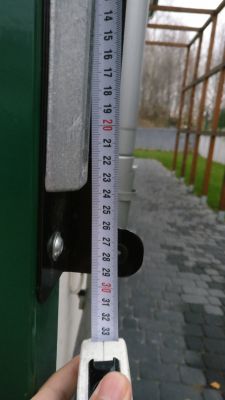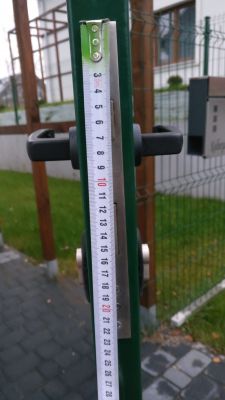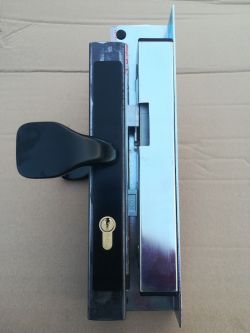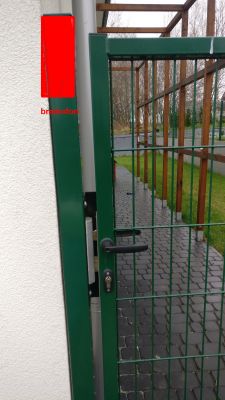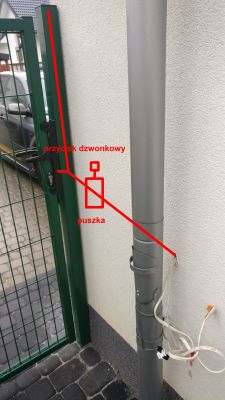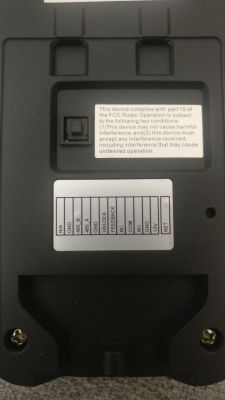To be honest, my friend threw these photos in, and still not everything is known

.
Such cheap, often ready, wickets is a nuisance for the installer. Sometimes it simply cannot be done well, and modifications often take more time than the installation of an intercom and cost much more than the wicket itself. Even if it can fit well at the assembly stage and leave a small margin for the work of the material itself under the influence of temperature, it is unlikely to be so large to compensate for the possible work of the posts themselves due to freezing of the ground. As a consolation, let me just add that installing a wicket at a locksmith does not always bring the desired results.
So in turn:
o The handle on the inside is usually a bad idea, even if half of the wicket is covered with metal sheets. It will always be easier to press it while leaning over the gate with a piece of a stick found than to turn the knob (which is also out of the question in this case. with the opening button.
o Narrow lock is a short distance of the lock axis (dormas dimension) from the edge of the gate.
As a result, the handrail sign may rest against the wicket limiter. The limiter itself may have to be cut out so that the handle and the lock insert passes with it. Even if we manage to do it, it is still not very convenient and when opening it it is easy to hit the limiter with your hand. Whenever we think about the cooperation of a wicket with a striker, it is worth ordering one with a can with a larger size dormas, where the axis of the cylinder and the handle / handrail is much further away from the edge than at a friend's. We are talking about the B dimension from the figure below, which for everything to be fine, should be at least 4 cm, and for a friend it is probably about 2 cm.

As we are talking about the dimensions of the lock, its spacing is equally important. Here, the desired dimension will be 90 mm (A dimension in our drawing)
So, the fun with this gate should start with cutting it open and inserting a lock box into it, e.g. for a lock with a distance of 90 mm and a dormas dimension, e.g. 5 cm.
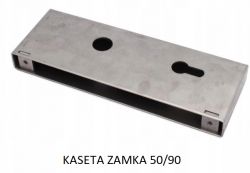
o It is good when the wicket cooperating with the catch was mounted on adjustable hinges. This helps during the assembly itself and allows you to correct the distance between the wicket's forehead and the catch during operation.
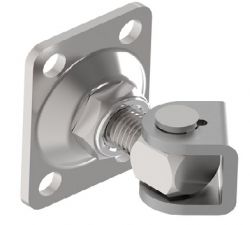
o The question of mounting the catch remains. It all depends on whether the lock's tongue rests on the post or remains at some distance from it. And let's go back to the previous point, i.e. adjustable hinges.
Possible solutions:
- use of the catch with its own rail and possible correction of its position with washers. Typical catches in this category are R1 and R2
- the use of R3 or R4 type hooks and a strip + possibly the aforementioned washers.
- the use of an R4 type hitch and a ready-made hitch box, although it is usually intended for surface mounting, but there is nothing to prevent it from being let into the post.
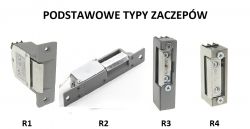
electric strike strip
Universal electric strike cassette (left right). The limiter is relocated. An indentation was made in it so as to leave a place to pass the handle or insert. The catch in this box is introduced from the top after removing the cap. Therefore, it should not be let into the post.
The drawbar cassette with the front strip. Such a cassette, although intended for surface mounting, is also suitable for insertion into a post. The cassette comes in three types:
o left
o laws
o universal, where the limiter is mounted on the bolts and can be moved, but what is also important in the case of unusual thicknesses of the wicket, sliding it out slightly by changing it.
A big advantage of this cassette is a fairly strong, hard signboard. The cassette is available in galvanized, painted or raw version, as shown in the photo. Usually the cassette and the plate are sold separately. Fits R3 and R4 attachments
Sample photos of well-prepared gates. 
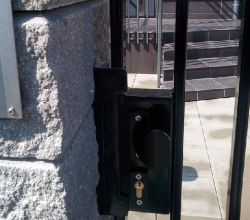

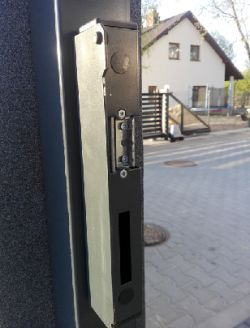 Examples of modifications:
Examples of modifications: 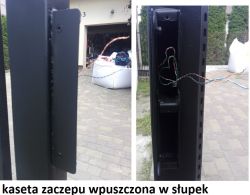
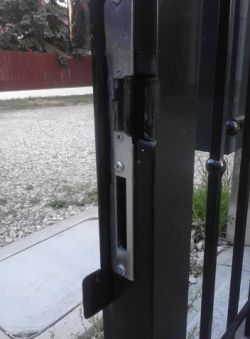
And finally a cherry. Fortunately, it turned out that we were only supposed to control the gate

